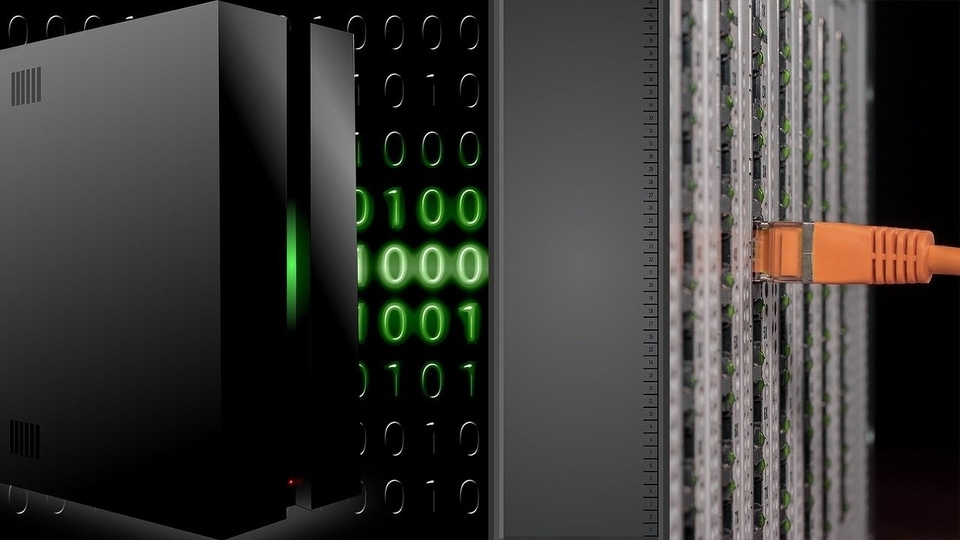Here's why edge data centers are the future of digital India
According to reports, India’s data center market is expected to present a $4.9 billion investment opportunity, following a tripling of data center capacity by 2025.

Businesses globally and in India are increasingly delving into edge data centers to minimise operational costs. Edge computing is beneficial in areas where IoT is dependent on cloud network access to implement machine learning and complex programs. In 2019, when India was going through a digital transformation several Indian companies had shown interest in investing in data centers in India. Enterprises, telecom companies, and cloud service providers will increasingly invest in edge data centers in the coming years to speed applications such as streaming video, factory automation, and telemedicine; and enable new technologies, such as autonomous vehicles and augmented and virtual reality (AR/VR).
According to W Media, India's data center market is expected to present a US$4.9 billion investment opportunity, following a tripling of data center capacity by 2025. Fuelled by the outbreak of the pandemic, the Indian data center market by investment is expected to grow at a CAGR of over 12% during the period 2020-2026. This substantial amount of investment from service providers is due to the demand from various industries like BFSI, e-commerce, and government agencies. The IaaS adoption is likely to grow at a CAGR of 20% between 2020 and 2025.
Edge data centers are small data centers located at the edge of the network, where they are closer to users and devices. Having compute power at the edge enables faster performance and lower latency because organsations don't have to move the data to far-flung data centers to process it.
Besides AI and factory automation, prominent edge computing use cases include:
Content delivery: With the popularity of video streaming platforms increasing more than ever, the content delivery networks must now handle heavy 4K videos. The use of edge data centers not only ensures fast, high-quality video delivery to consumers, but with streaming services increasingly producing unique content, edge data centers allow film and TV production crews to send their “dailies” – raw, unedited footage – back to their studios every day.
Gaming: Video games and eSports are perhaps the fastest-growing consumer use case for the need for low-latency connectivity. Mobile edge computing relies on several small data hubs that are deployed in closer physical proximity instead of one large faraway server. For a faster gaming experience, edge computing allows you to save processing power as the device won't have to send data to a central server and return the information after processing it.
5G and 4G infrastructure: Mobile carriers are making huge investments in 5G networks, while the existing 4G networks are facing increased demand for new services and existing applications. Edge data centers ensure good customer experiences for these 5G and 4G services and applications.
Telemedicine: The pandemic has led to an increase in the adoption of virtual assistants to get medical consultations. Due to the need for social distancing, even doctor visits have shifted online where patients can get help with online tools. But for the healthcare industry to improve telemedicine services, it will require more local infrastructure to integrate medical imaging.
Autonomous Vehicles: Self-driving cars have already started rolling out, and they require massive compute power at the edge and could generate up to 5TB of data every hour.
Today, enterprises and telecommunications companies are the biggest drivers of edge data centers. Meanwhile, cloud service providers are already on the edge and are continuing to build out their presence there. While 90% of global companies are adopting some form of cloud technology, only 20% have actually moved their workloads on the cloud. Progressively more Indian firms are looking to revamp into digital-first businesses, with a natural progression towards increased cloud-led innovation throughout the board. As a result, 40% of new enterprise applications in India are likely to be cloud-native by 2022. For enterprises, the biggest driver of edge data centers is industrial automation and using IoT to enable smart manufacturing, but they are also using it for healthcare and retail, the story said.
Content delivery network capacity and network function virtualization are currently the biggest drivers of edge deployments for telcos. The use of edge data centers for next-generation applications such as autonomous vehicles and AR/VR is still in its infancy. In the future, telcos are expected to invest more in edge data centers to pursue new revenue streams from autonomous-vehicle communications, AR/VR as well as video content delivery and gaming.
This article has been written by Anjani Kommisetti, Country Manager – India & SAARC, Raritan & Servertech
Catch all the Latest Tech News, Mobile News, Laptop News, Gaming news, Wearables News , How To News, also keep up with us on Whatsapp channel,Twitter, Facebook, Google News, and Instagram. For our latest videos, subscribe to our YouTube channel.


























